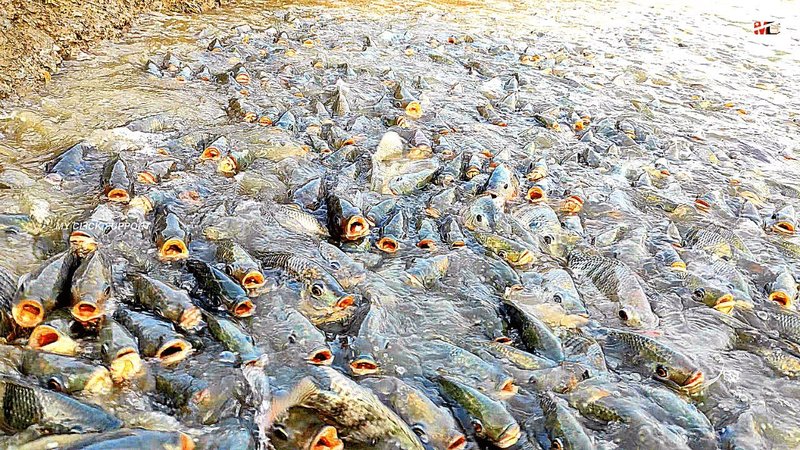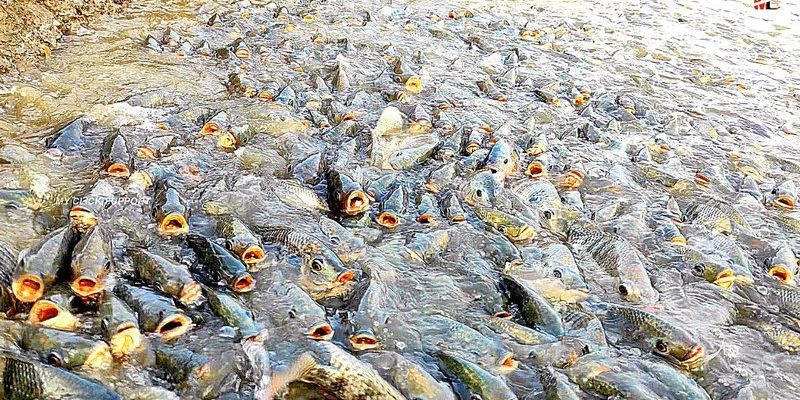
The answer isn’t as straightforward as you might think. Each state has different regulations, and what’s fine in one place might be a big no-no in another. So, let’s chat about why tilapia farming can be a great opportunity, the legality issues involved, and what you need to know if you’re considering jumping on the tilapia bandwagon.
What Makes Tilapia a Good Choice for Farming?
When it comes to aquaculture, tilapia stand out for several reasons. First off, they grow quickly and can reach market size in just six months. Imagine having a garden where your plants sprout in record time—that’s what tilapia farming can be like!
Another perk is that tilapia are hardy fish. They can thrive in a variety of water conditions and temperatures, which makes them easier to manage than other fish species. Plus, they’re omnivores, meaning you can feed them various types of food, making their diets cost-effective.
Their mild flavor and flaky texture have made tilapia a staple in many households. It’s like the blank canvas of fish; you can season it any way you like! With increasing consumer demand for this fish, tilapia farming can be quite profitable.
The Legal Landscape for Tilapia Farming
Now, let’s tackle the legality side of things. You might be wondering why some states have restrictions on tilapia farming. It boils down to environmental concerns. Invasive species can be a massive issue, and tilapia have the potential to disrupt local ecosystems if they escape into the wild.
Some states, like California and Alaska, have strict regulations around tilapia farming because they want to protect their native fish populations. In contrast, states like Florida encourage tilapia farming and have more lenient laws—likely due to their warm climate and established aquaculture industry.
So, before you decide to dive into tilapia farming, you need to check local laws. Each state has its own rules and permits, which can affect how and where you can farm these fish.
Key Regulations to Consider
When you’re looking into tilapia farming, it’s essential to familiarize yourself with some regulations. Here are a few key points to keep in mind:
- Permits: Many states require specific permits for aquaculture. These can include licenses for breeding, rearing, and selling tilapia.
- Water Use: Regulations might dictate where you can source your water, how much water you can use, and what kind of waste management practices you need to follow.
- Health Standards: Keeping your fish healthy is crucial not only for your profit but also for compliance with state health regulations. You might need to undergo health inspections to ensure your tilapia are disease-free.
Here’s the thing: understanding these regulations can be overwhelming, but it’s vital for your success. Taking the time to research and comply with local guidelines will save you headaches down the road.
Where Are Tilapia Farms Prohibited?
In some parts of the U.S., tilapia farming is either heavily restricted or prohibited entirely. States like Alaska, where the water temperature can be too cold for tilapia to survive naturally, have laws against farming them. These restrictions are primarily aimed at avoiding ecological disasters that could arise from introducing non-native species.
In places like California, the regulations are quite specific. You might need to demonstrate that your farm won’t pose a risk to local species, which can add an extra layer of complexity. Honestly, if you’re in a state with tough restrictions, it might be worth exploring other fish or aquaculture options.
Starting Your Own Tilapia Farm: What to Know
If you’re feeling inspired to start your own tilapia farm, here are some steps to consider:
- Research Regulations: Begin by investigating your state’s laws. Contact local aquaculture associations or state wildlife agencies for guidance.
- Choose Your Location: Ensure your site has access to clean water and meets all environmental standards.
- Set Up Your System: This could be a pond, tank, or recirculating aquaculture system (RAS), depending on your resources and scale.
- Get Your Fish: Source juvenile tilapia from reputable hatcheries. Make sure they’re disease-free to start on the right foot.
By approaching your tilapia farming venture with care and knowledge, you can set yourself up for success. Who knows? You might just become a local tilapia hero!
Alternatives to Tilapia Farming
If tilapia farming isn’t allowed in your area, you might be wondering what other options you have. Thankfully, there are plenty of fish that are legal to farm in many states. Here’s a quick rundown:
- Catfish: Very popular in the South, catfish are relatively easy to farm and are in high demand.
- Trout: Cold-water species that can be farmed in various setups, especially in cooler climates.
- Carp: Another robust fish that’s great for farming, especially in Asian markets.
Each of these options comes with its own set of regulations and requirements, so be sure to do your homework just like you would for tilapia.
So, are tilapia legal to farm in all states? Not quite. The answer depends largely on where you are and the specific regulations in your state. Each region has its own considerations based on environmental impact, species protection, and local aquaculture practices.
If you’re passionate about tilapia farming, do your research, understand local laws, and consider alternatives if needed. With the right knowledge and planning, you can make a splash in the aquaculture industry! After all, tilapia farming could be not just a business, but a rewarding way to contribute to sustainable food practices.

